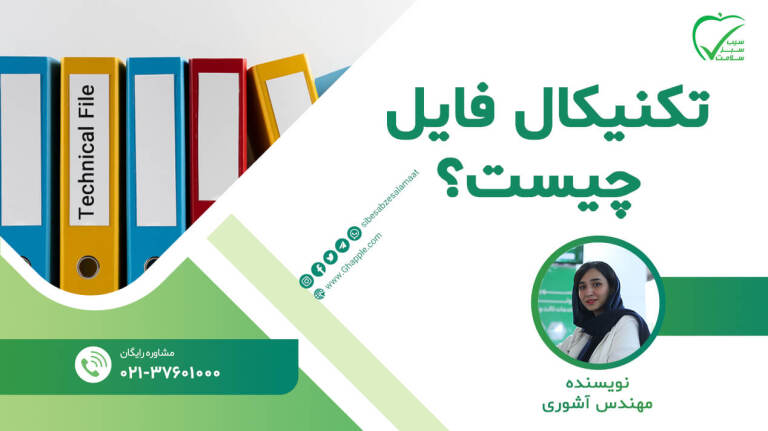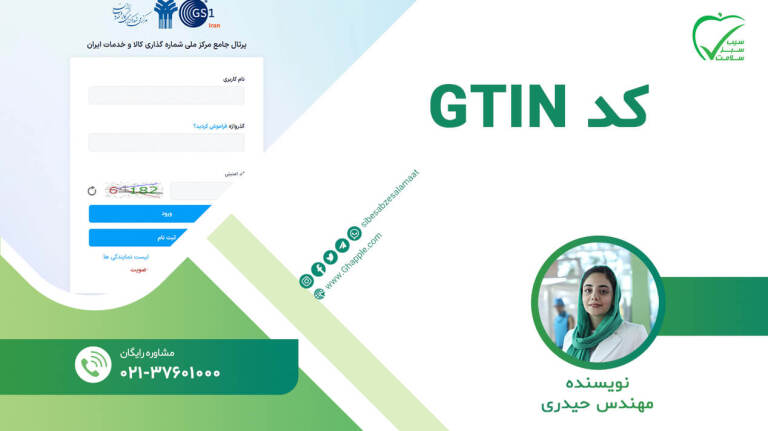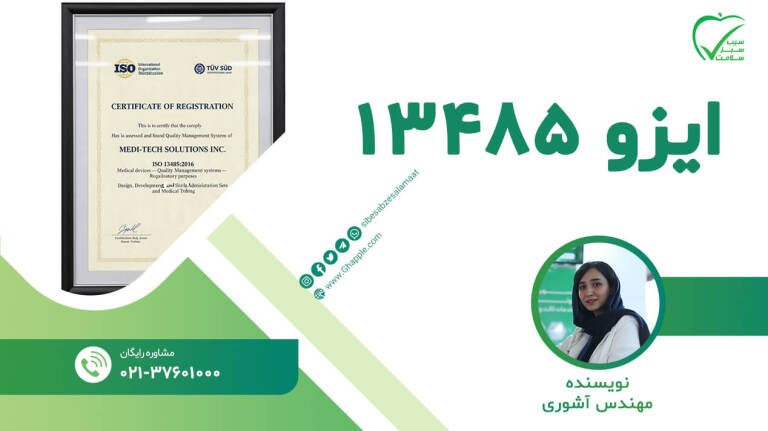
Iran’s medical device regulations are overseen by the Iranian Medical Devices (IMED), operating under the Ministry of Health and Medical Education. The regulatory body responsible for reviewing and approving medical devices is th Committee on Medical Equipment (COME). The framework is designed to ensure that medical devices meet stringent safety and performance standards before they can be marketed in Iran
The regulations classify medical devices based on risk, align with international standards like ISO 13485:2016, and require foreign manufacturers to work through a local authorized representative. Additionally, Iran’s unique geopolitical situation, including international sanctions, significantly impacts the procurement, registration, and distribution of medical devices
Classification of Medical Devices in Iran
Medical devices in Iran are classified into four risk-based categories, as outlined by IMED
Class A: Low-risk devices (e.g., bandages, non-invasive tools)
Class B: Low-to-moderate-risk devices (e.g., syringes, contact lenses)
Class C: Moderate-to-high-risk devices (e.g., diagnostic imaging equipment)
Class D: High-risk devices (e.g., implantable devices, pacemakers)
The classification is determined by the manufacturer’s claims and the field of application of the device. Higher-risk devices (Classes C and D) undergo more rigorous scrutiny during the registration process. This system is similar to international frameworks like the EU’s Medical Device Regulation (MDR), ensuring compatibility with global standards.

Medical Device Registration Process
Registering a medical device in Iran is a multi-step process that requires coordination with a local authorized representative. Below is a detailed breakdown of the process:
Appoint a Local Authorized Representative: Foreign manufacturers must designate a local representative to act as a liaison with COME. This representative submits all required documentation and ensures compliance with local regulations.
Prepare Documentation: Documentation must include technical files, safety and performance data, and proof of compliance with ISO 13485:2016 quality management standards. All labeling and instructions for use must be provided in Persian, though English may be acceptable for certain components if supplemented with Persian translat
Submit Application to COME: The local representative submits the application to COME, which reviews the device’s safety, efficacy, and compliance with Iranian standards. The review process can take several weeks to months, depending on the device’s risk class.
Obtain Import License: Once approved, an import license is issued by the Iran National Medical Device Directorate (IMED). This license is required for customs clearance and market entry
Post-Market Surveillance: Manufacturers must monitor device performance after market entry, reporting adverse events to IMED. Local representatives often handle post-market obligations
The process is bureaucratic and can be prolonged due to sanctions-related challenges, such as delays in obtaining foreign currency for imports or customs clearance

Exporting Medical Devices to Iran:Sanctions and TSRA Regulations
Exporting medical devices to Iran is heavily influenced by U.S. sanctions and the Trade Sanctions Reform and Export Enhancement Act of 2000 (TSRA). The U.S. Department of the Treasury’s Office of Foreign Assets Control (OFAC) oversees these regulations, which allow certain medical devices to be exported under a general license, provided they meet specific criteria.
Key OFAC Regulations for Medical Devices
General License for EAR99 Devices: Most medical devices classified as EAR99 (low-risk, non-sensitive items under U.S. Export Administration Regulations) can be exported to Iran without a specific OFAC license, unless they appear on the List of Medical Devices Requiring Specific Authorization. Examples of excluded devices include oxygen generators, high-flow pumps, and certain diagnostic imaging equipment like gamma or thermography devices.
Specific License Requirements: Devices on the exclusion list or those intended for military or law enforcement entities require a specific OFAC license. Exporters must consult OFAC’s list, which is updated periodically, to ensure compliance.
Replacement Parts and Software: OFAC authorizes the export of replacement parts for EAR99 medical devices on a one-for-one basis (one part to replace one broken component). Software and services for device operation, maintenance, and repair are also permitted under general licenses, provided they are not supplied to military or law enforcement entities.
Training Authorization: Since 2016, OFAC has allowed training necessary for the safe and effective use of medical devices, as long as it complies with payment terms and does not involve restricted entities.

Labeling and Documentation Requirements
Labeling is a critical aspect of Iran’s medical device regulations. All devices must include:
Persian-Language Labels: Instructions for use, product labels, and patient manuals (for high-risk devices like Class III implants) must be in Persian. Distributors may add Persian labels to English-labeled products.
Manufacturer and Representative Details: Labels must include the manufacturer’s name, local representative’s contact information, and device specifications.
Compliance Markings: Devices must display evidence of compliance with IMED standards and, where applicable, international certifications like CE marking or ISO 13485.
Failure to meet labeling requirements can result in delays or rejection during the registration process.

Opportunities for Manufacturers in 2025
Despite challenges, Iran’s medical device market offers opportunities for manufacturers who navigate the regulatory landscape effectively. Key strategies include:
Partnering with Local Representatives: Strong relationships with authorized representatives can streamline registration and compliance.
Focusing on EAR99 Devices: Targeting low-risk devices that qualify for OFAC’s general license minimizes regulatory hurdles.
Leveraging Domestic Demand: Iran’s growing population and healthcare investments create demand for devices in oncology, cardiology, and diagnostics.
Investing in Training: Providing remote or local training programs, as permitted by OFAC, can enhance market competitiveness.
Conclusion
Navigating Iran’s medical device regulations in 2025 requires a deep understanding of IMEDA’s classification and registration processes, OFAC’s sanctions framework, and the practical challenges posed by bureaucratic and geopolitical factors. By appointing local representatives, ensuring Persian-language compliance, and focusing on EAR99 devices, manufacturers can tap into Iran’s growing healthcare market. Despite sanctions-related obstacles, opportunities abound for those who strategically align with Iran’s regulatory and humanitarian needs.
For more details about exporting medical equipment to Iran, you can contact Sib Sabz Salamat experts.










